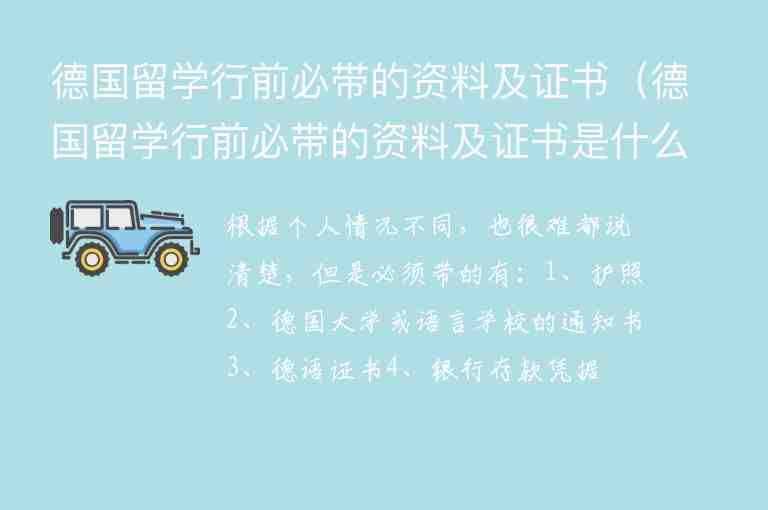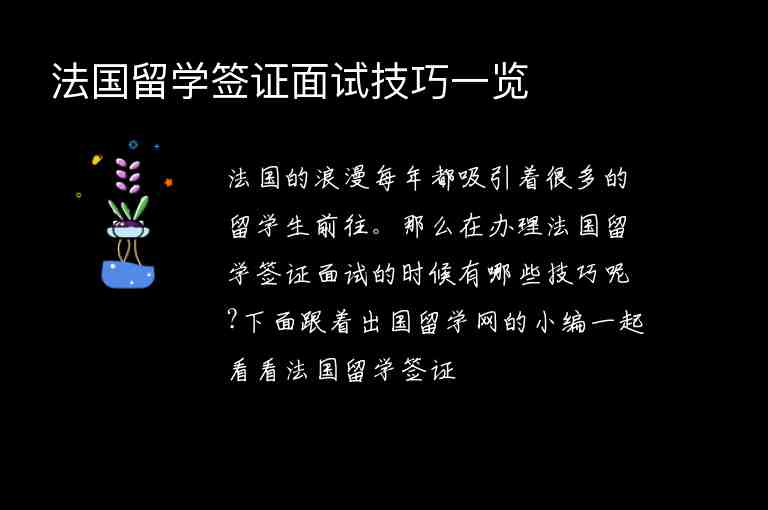clamp一词可以作为名词和动词使用,作为名词时,它的意思是“夹子”、“钳子”、“夹紧装置”,作为动词时,它的意思是“夹紧”、“用夹子固定”。它的发音是/klæmp/。
用法:
1. 作为名词使用时,clamp通常指一种用来固定物体的工具,可以用来固定木材、金属或其他材料。它通常由两个可移动的部分组成,通过旋转螺丝或压紧手柄来夹紧物体。:
- The carpenter used a clamp to hold the wood in place while he was sawing it.(这位木匠在锯木头时用了一个夹子将木头固定住。)
- The mechanic used a clamp to secure the metal part in place before welding it.(这位机修工在焊接前用一个夹子将金属零件固定住。)
2. 作为动词使用时,clamp指通过使用夹紧装置来固定物体。:
- He clamped the papers together and put them into the folder.(他将文件夹放在一起,并把它们放进文件夹里。)
- She clamped the lid tightly on the jar to prevent any spills.(她把罐子盖紧以防止溢出。)
3. clamp还可以用作及物动词,表示“强加限制”、“压制”。:
- The government clamped down on illegal activities in the city.(严厉打击城市内的非法活动。)
- The teacher clamped down on students who were talking during class.(老师对在课堂上说话的学生采取了严厉措施。)
4. 另外,clamp也可以作为形容词使用,表示“紧密固定的”、“夹紧的”。:
- The clamp connection between the two pipes was very strong.(两根管子之间的夹紧连接非常牢固。)
- He used a clamp grip to hold onto the rope while climbing the mountain.(他在爬山时用夹紧握住绳子。)
例句1-5句:
1. The doctor used a clamp to hold the artery closed while performing surgery.
(医生在进行手术时用夹子将动脉封闭起来。)
2. She couldn't open the jar because it was clamped shut.
(她打不开罐子,因为它被夹紧了。)
3. The police clamped down on illegal street vendors.
(严厉打击非法街头小贩。)
4. He clamped his hand over her mouth to s her from screaming.
(他用手掌捂住她的嘴,阻止她尖叫。)
5. The mechanic used a clamp to hold the car parts in place while repairing the engine.
(修理汽车发动机时,机修工用夹子将零件固定住。)
同义词及用法:
1. grip:作为名词时,与clamp的意思相似,表示“紧握”、“紧抓”。:
- The climber had a tight grip on the rope as he descended the cliff.(攀登者在下降悬崖时紧紧抓住绳子。)
- She loosened her grip on the steering wheel and took a deep breath.(她松开方向盘,深吸了一口气。)
2. fasten:作为动词时,与clamp的意思相近,表示“固定”、“扣紧”。:
- He fastened the seatbelt before starting the car.(他在启动汽车前系好了安全带。)
- She used a clip to fasten her hair back from her face.(她用夹子把头发从脸上别开。)
编辑总结:
clamp是一个多功能的单词,既可以作为名词使用来指代一种工具,也可以作为动词使用来表示固定物体或施加限制。它还可以用作形容词来描述物体的状态。除了以上提到的用法外,它还有其他衍生含义,如在医学术语中指代一种手术器械、在电路中指代电阻等。因此,掌握clamp的用法和意思对于英语学习者来说是非常重要的。



